How to Hike Parker Ridge Trail On the Icefields Parkway
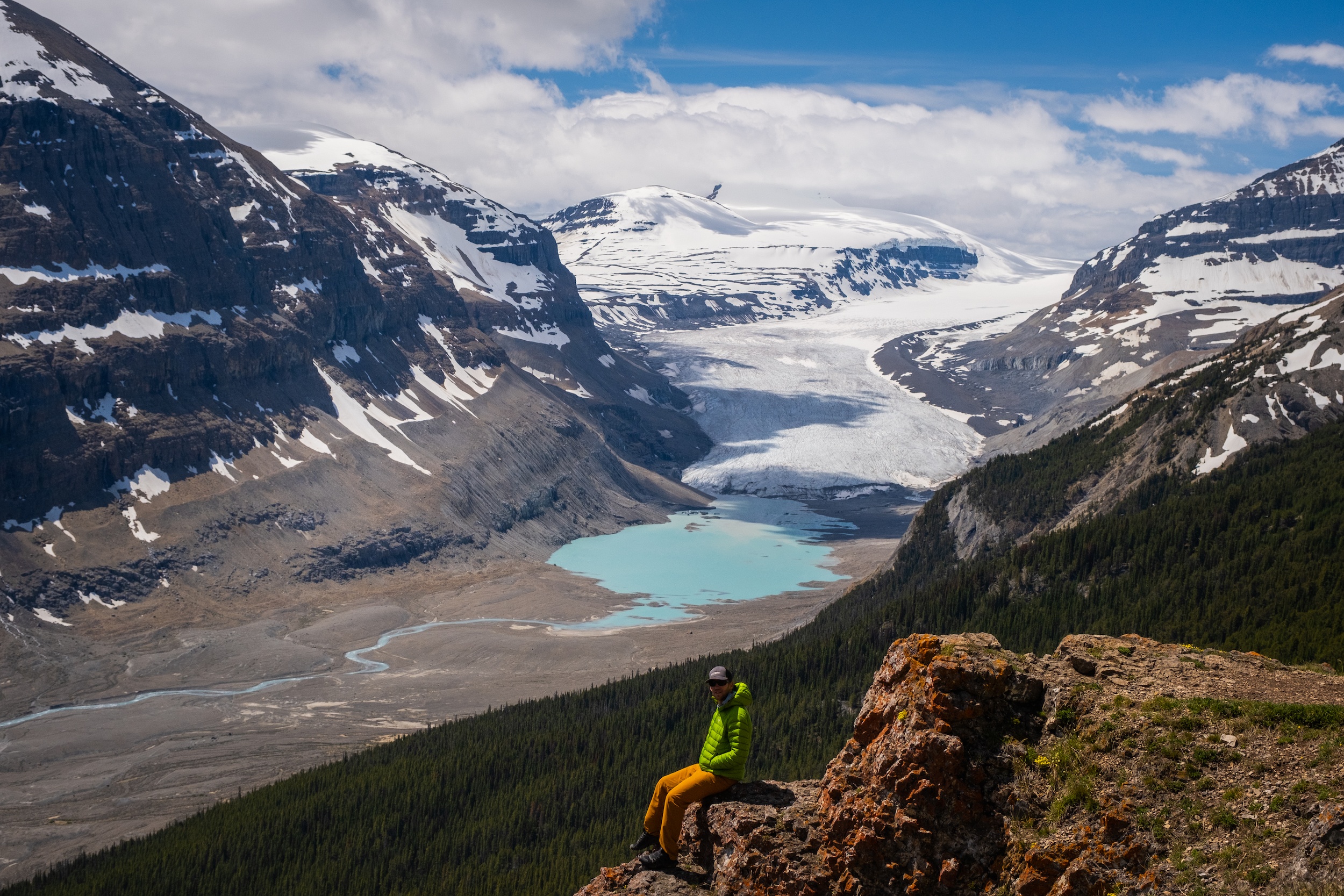
We left Canmore before sunrise to head up the Icefields Parkway for some amazing morning light. We had many photo stops planned, but we were really hoping we would have the time and the weather would hold strong for us to hike the Parker Ridge trail near the Columbia Icefield.
We got lucky and had a full day of sunshine and we knew that Parker Ridge would be a short and simple hike. So we prepared to get our legs moving after a few hours in the day and were absolutely blown away by the views from the top.
It’s not often I declare a hike my “favorite,” but seriously, for the best rewarding views with very minimal effort in Banff, the Parker Ridge trail is hard to beat. It’s easily one of the best easy hikes in Banff National Park that almost anyone can accomplish. Let’s dig into the nitty-gritty.
Parker Ridge Trail Hike Guide
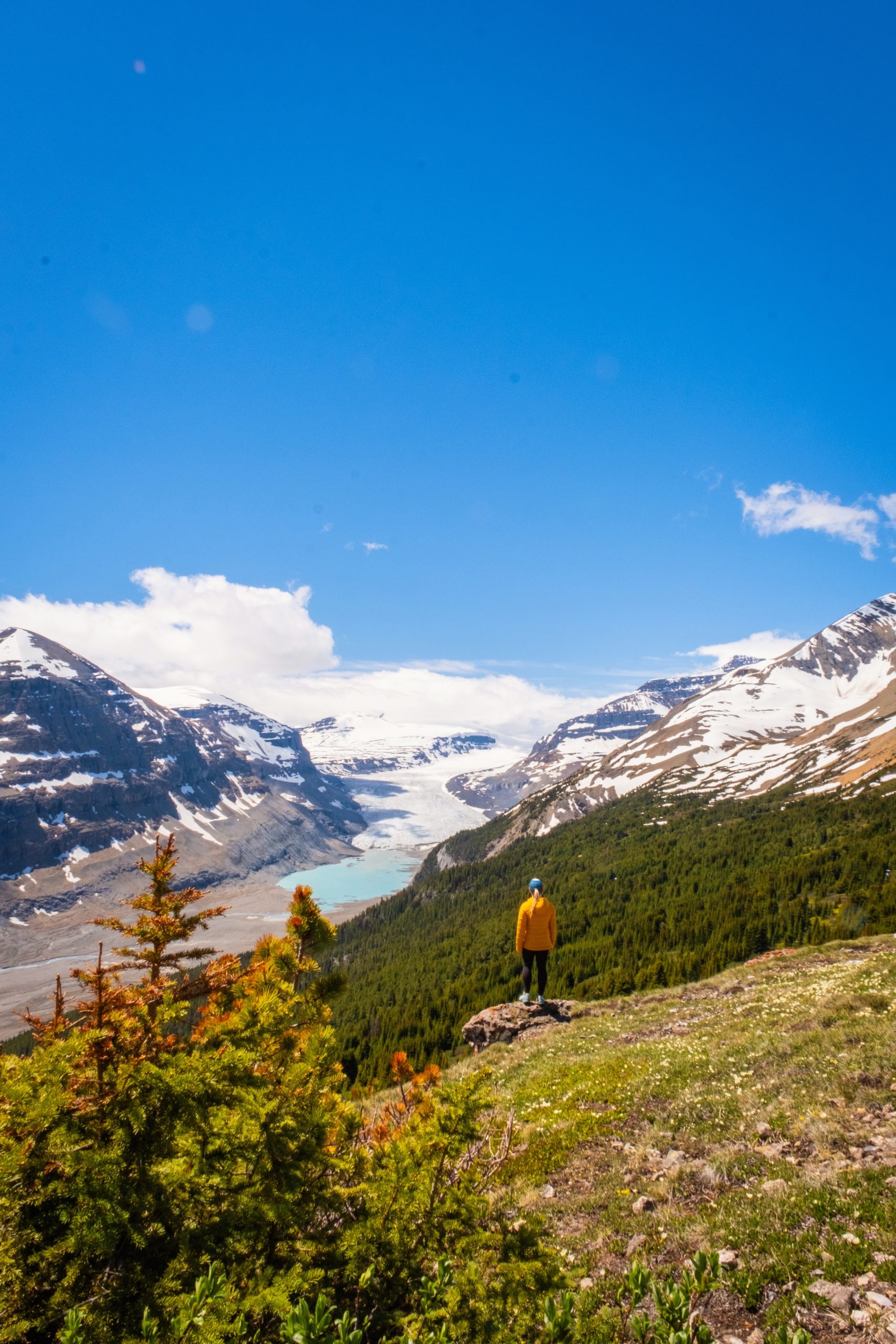
Key Points

Length
5.1 km

Duration
2 – 3 hours
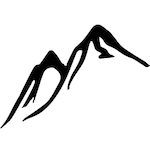
Elevation
269 meters
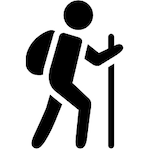
Difficulty
Moderate

Trailhead
Parker Ridge Parking
Parker Ridge Trail
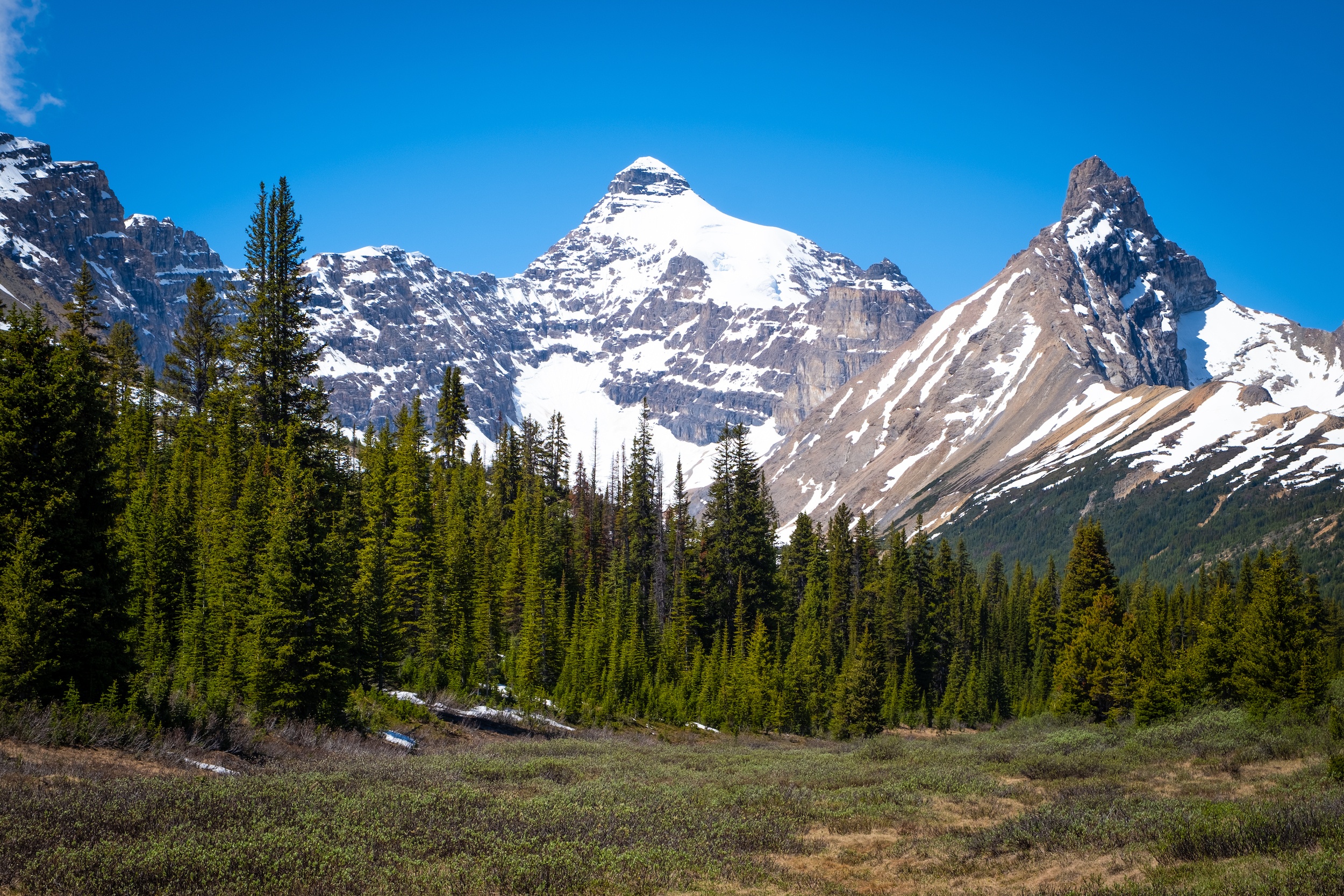
I didn’t know what to expect when we began this hike, but seeing that the top of Parker Ridge didn’t look so far from the trailhead, I figured it would be relatively easy – and it was. It’s a gradual 2.5km incline to the ridge, all of which is pretty easy and well-marked. There is nothing technical involved and absolutely no scrambling.
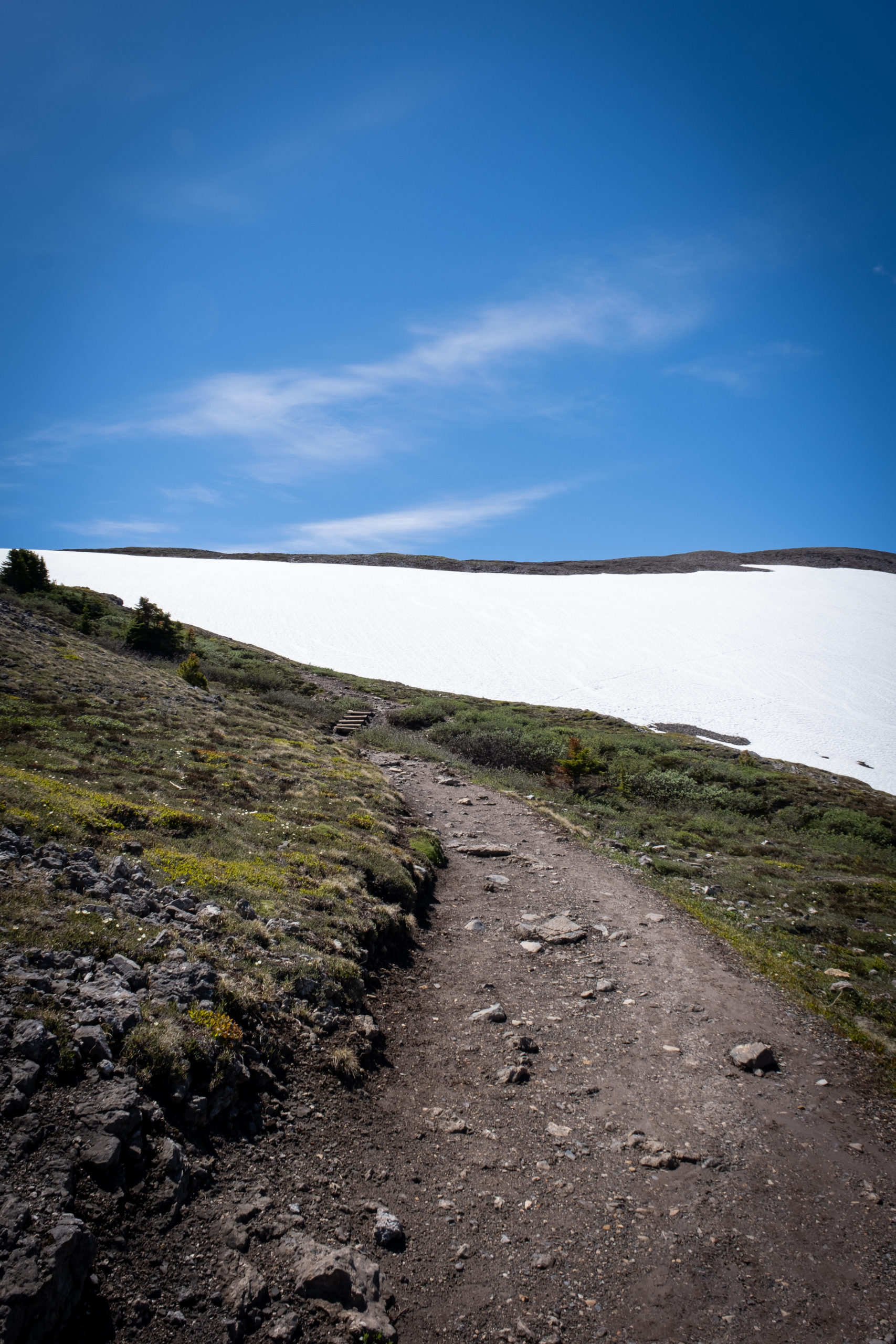
We saw young couples, older people, and families with young children and dogs on this hike. The Parker Ridge trail truly is a hike for everyone. Given the ease, I wasn’t expecting the view to be so great, but once you get to the ridge, you have the most spectacular views over the very impressive Saskatchewan Glacier.
In under an hour, you’ll have fantastic views of the Icefields and an impressive Kool-aid blue glacier lake. Seriously, it doesn’t get much better!
It gets windy once you get to the ridge, so make sure you bring a jacket. Because the views were so incredible, we hung around for 30 minutes, just enjoying the sunshine, views, and taking photos.
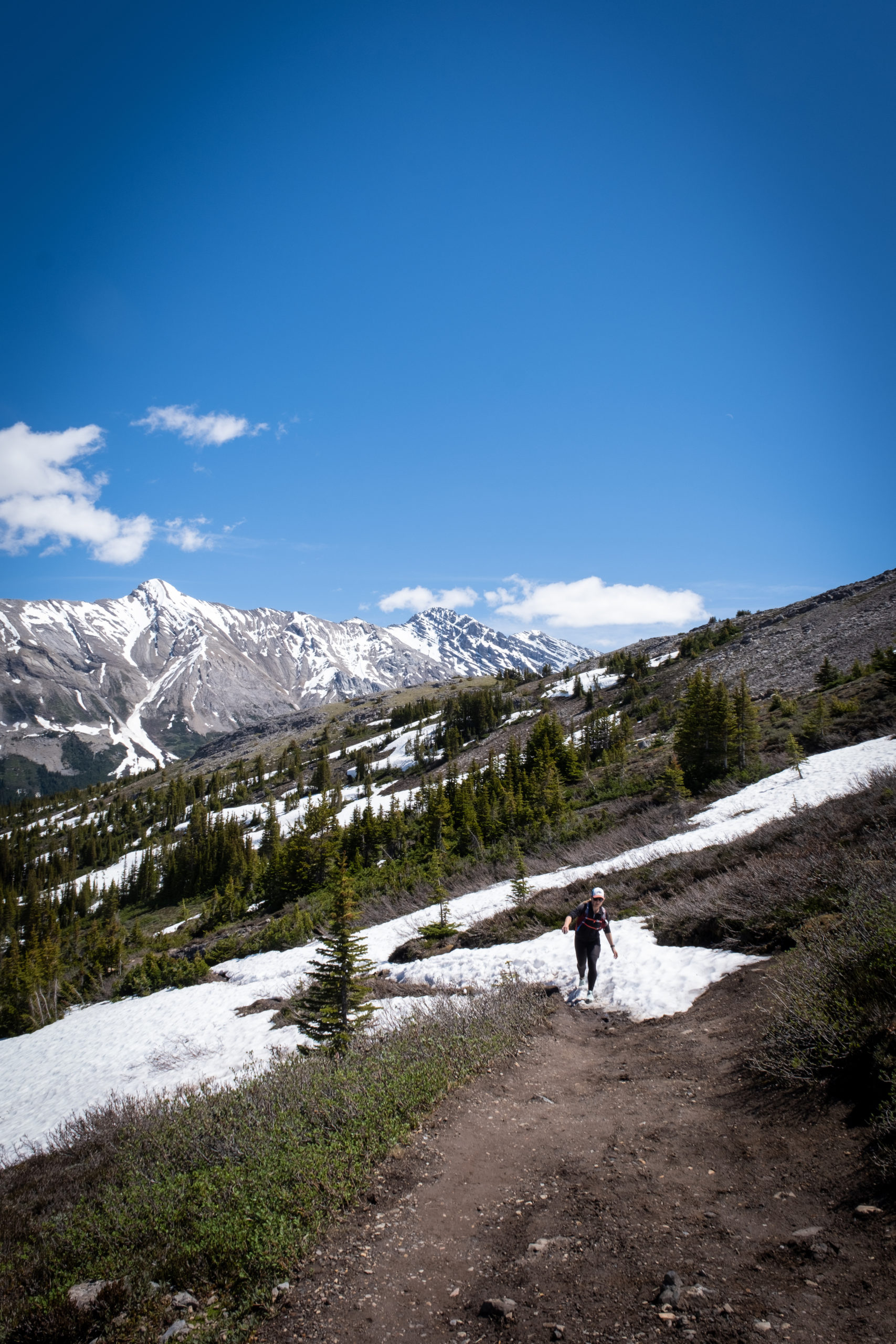
We hiked Parker Ridge in late June, and there was still quite a bit of snow on the way up. Yes, this trail holds a lot of snow, so either bring gaiters or be prepared to get your feet a little wet unless you’re hiking in July and August. This hike took us under two hours round trip with plenty of photo stops, but we are relatively fast hikers. Average-paced hikers should be able to make it the ridge in an hour, with the descent taking far less than that. But don’t rush too much – you’ll miss the incredible beauty.
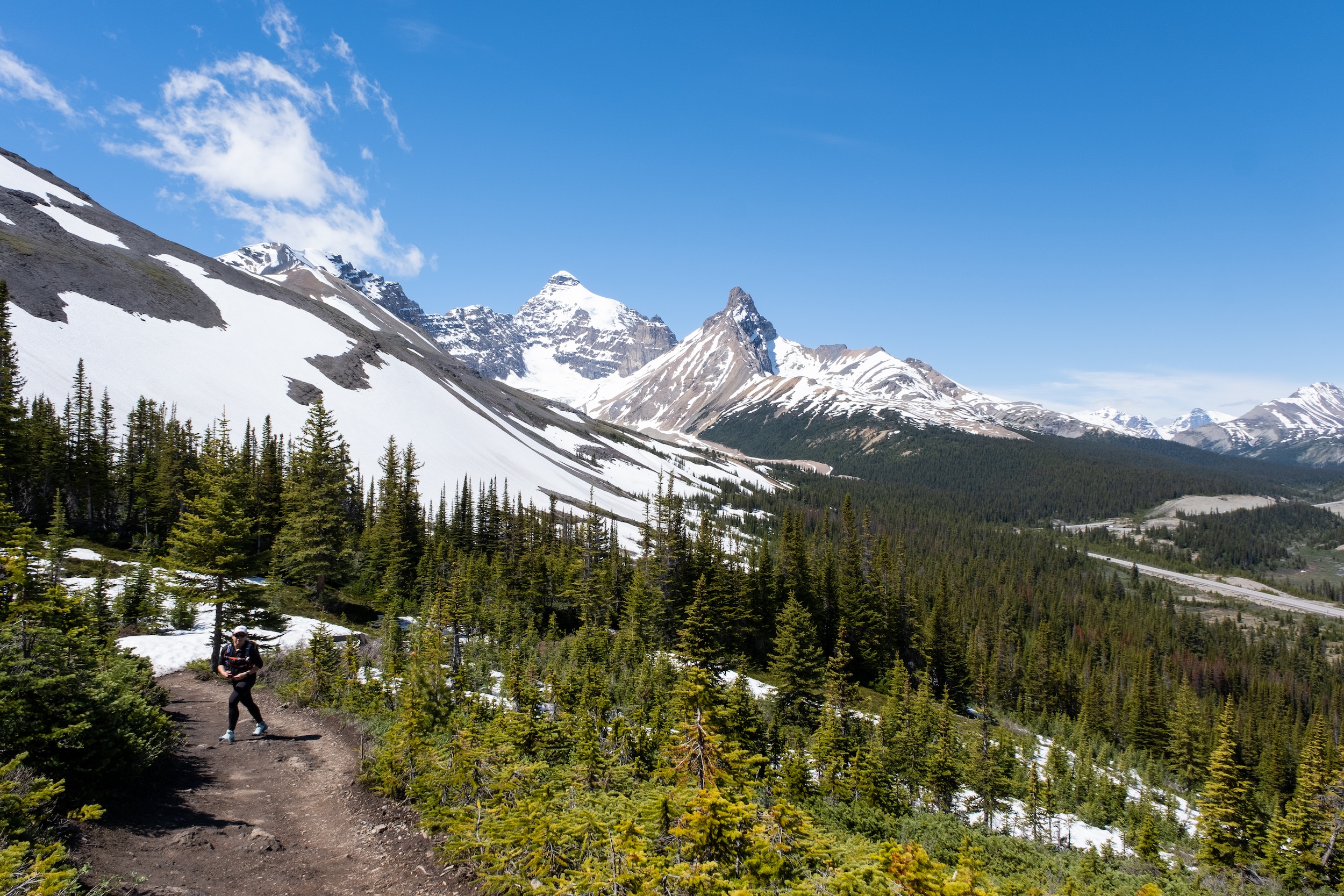
Gear We Recommend for Hiking in the Rockies
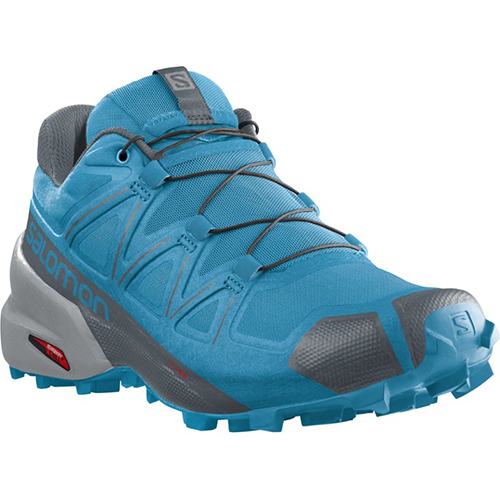
The vast majority of hikes and easy scrambles in the Rockies, you’ll find us in our trusty Salomon Speedcross.
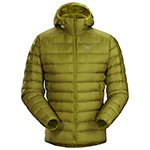
Arc’teryx Cerium is our pick for the best down jacket. It’s incredibly light, and we bring it on almost every hike in the Rockies.
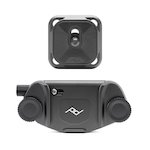
This nifty clip from Peak Design secures a camera to my backpack strap for easy reach. No more digging in the backpack!
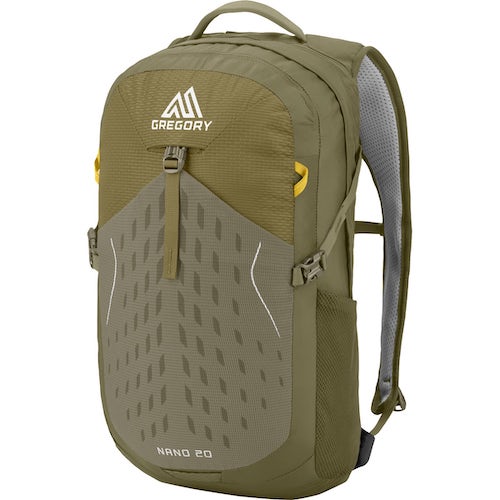
20L feels like the ideal size for quick hikes and scrambles. We love the Nano from Gregory with a hydration reservoir.
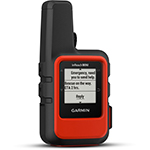
There is not much cell service in the Canadian Rockies. In case of emergencies, we carry an emergency beacon with GPS.
Parker Ridge Trail Duration
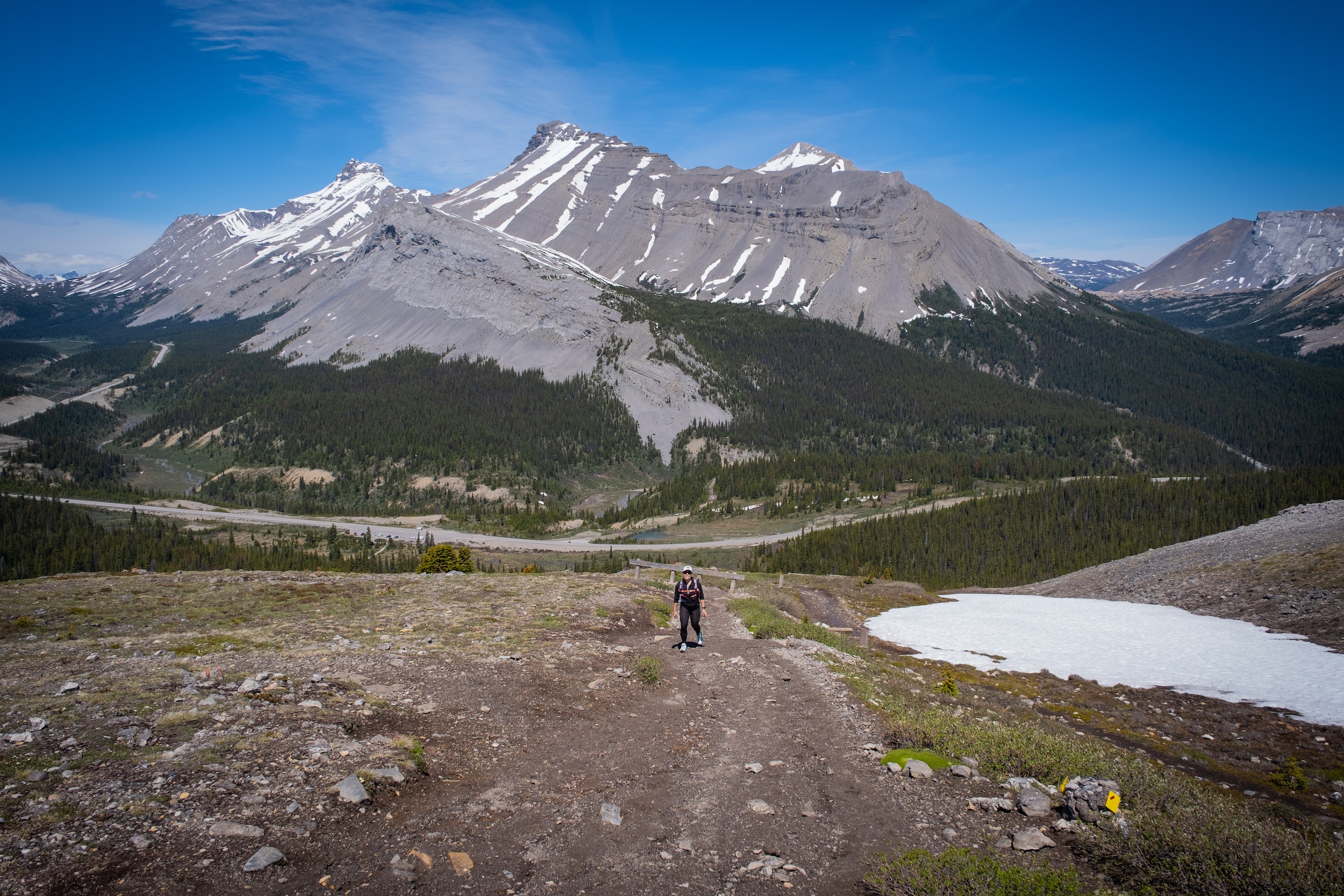
Parker Ridge is a 5.1 km hike with an elevation gain of 269 meters. It’s a short one that can easily be done between 2-3 hours and leave you enough time for another hike or to hang out along the Icefields Parkway.
Parker Ridge Trailhead
The start of the Parker Ridge trailhead is correctly described on Alltrails and Google Maps. It’s along the Icefields Parkway on Alberta 93. If you’re driving from Banff to Jasper, look for it on your left and vice versa if coming from Jasper. It’s a popular hike, so you’ll likely see other cars parked, especially if it’s a nice day!
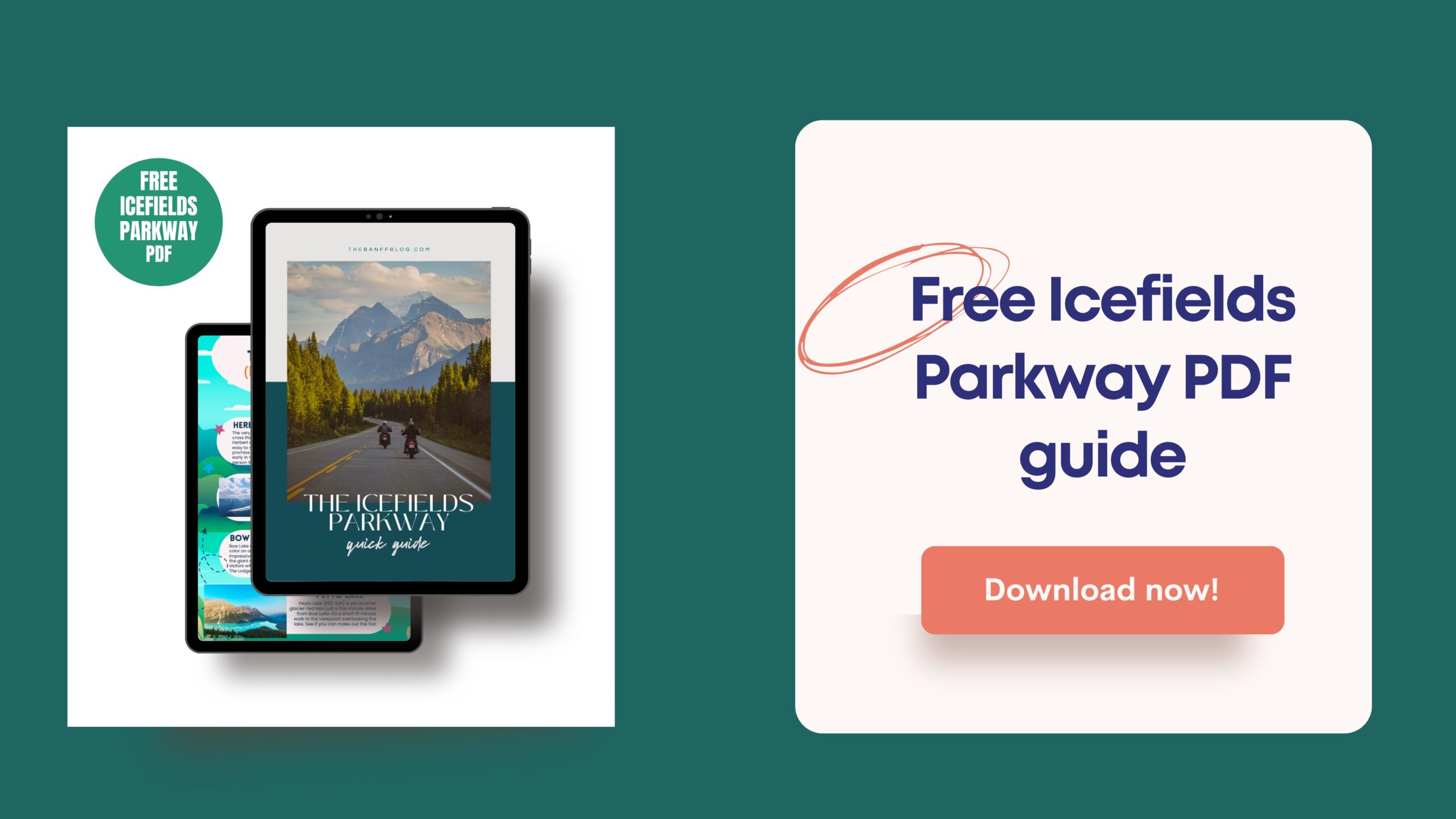
When Can You Hike Parker Ridge Trail?
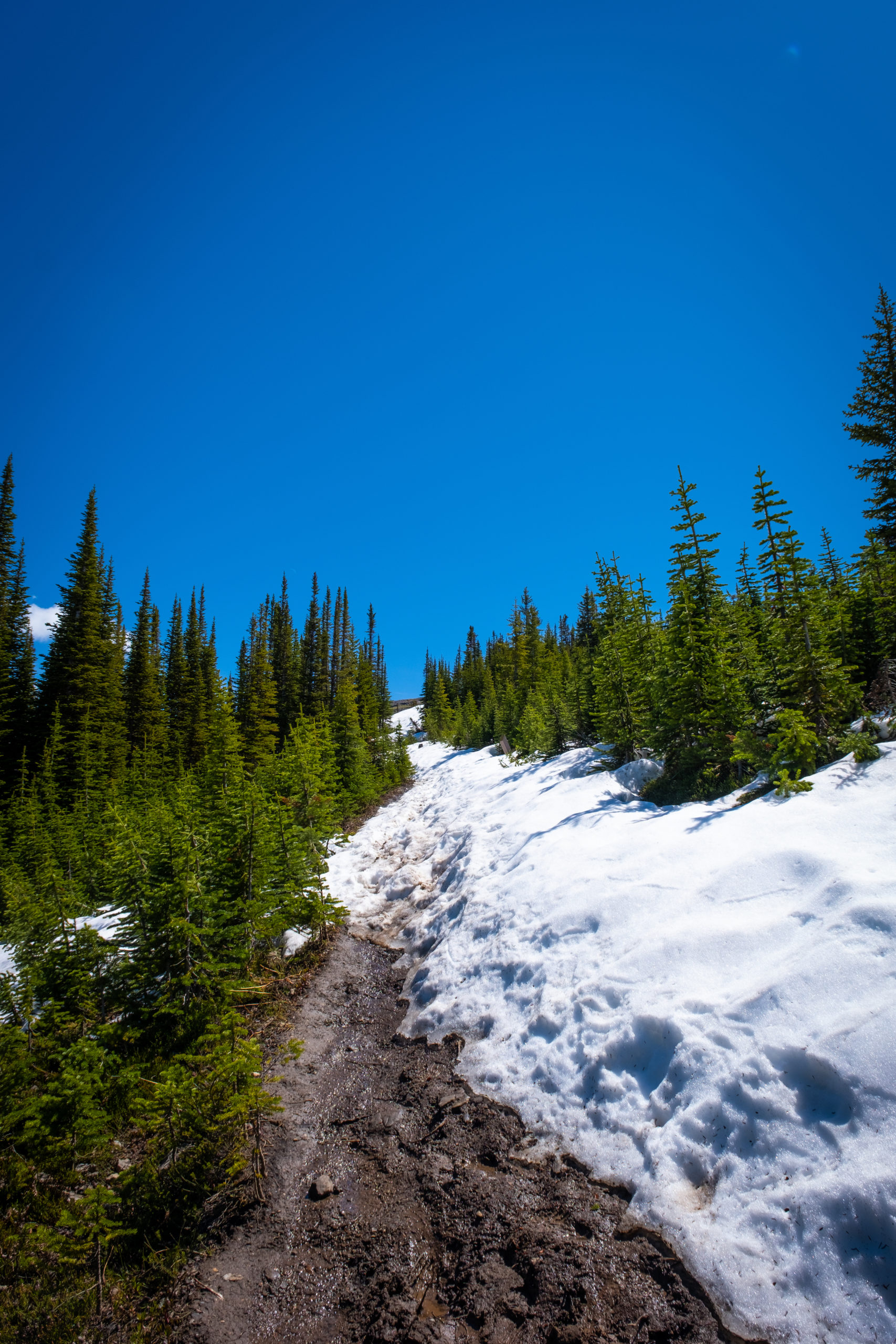
It’s best to wait until the snow melts along the parkway. Parker Ridge trail is best hiked between June and October. Though you can hike it as early as Mid May, when the rest of the services open up for the summer along the Icefields Parkway. However you’ll likely have some wet feet if you don’t have good hiking boots.
How Long Does it Take To Hike Parker Ridge?
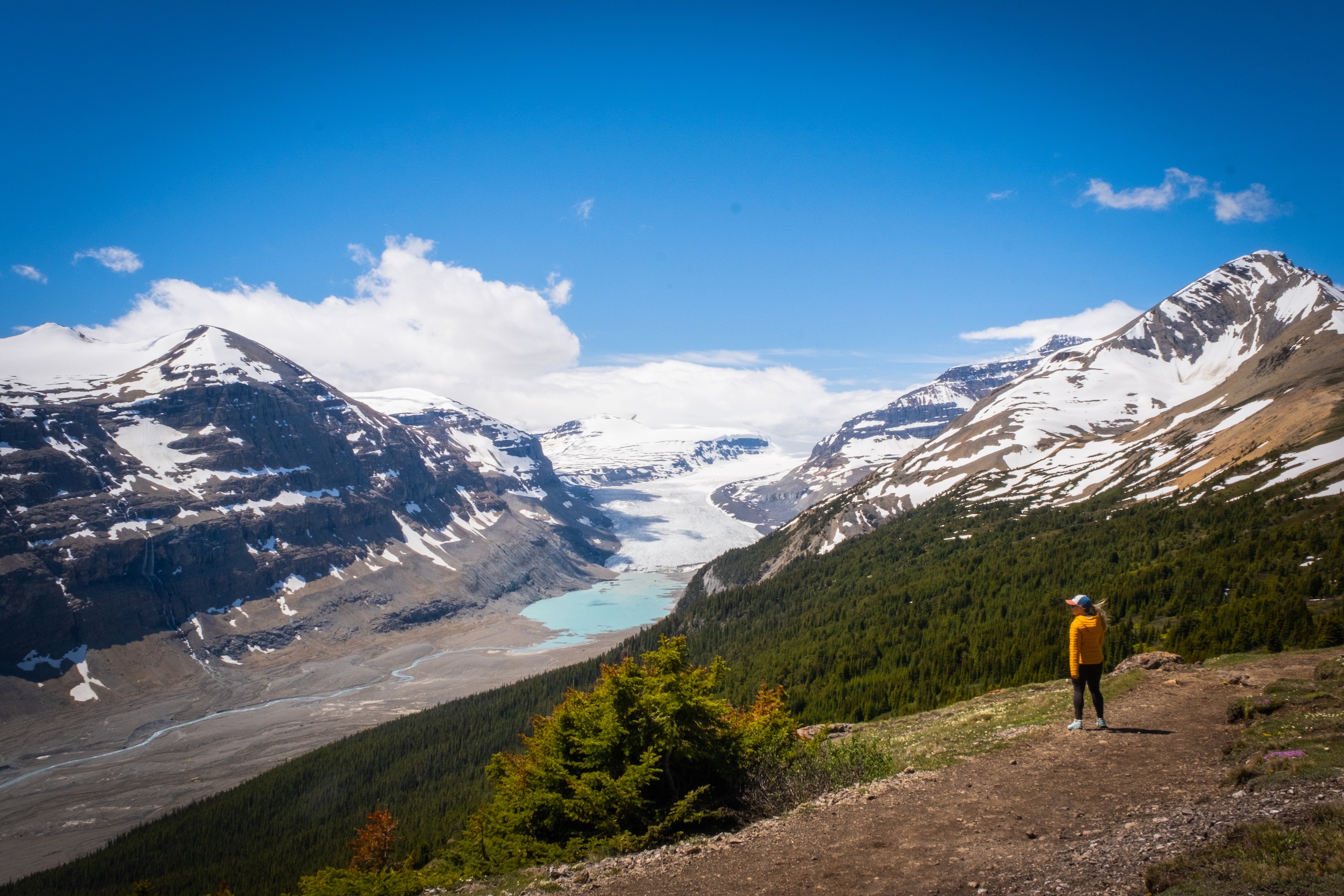
Most people should be able to complete this hike in 2 to 4 hours. It took us 45 minutes up and about 30 minutes down, with a 30-minute stop along the ridge. Trail runners will be able to get up and down the ridge in an hour.
How Hard is the Parker Ridge Hike?
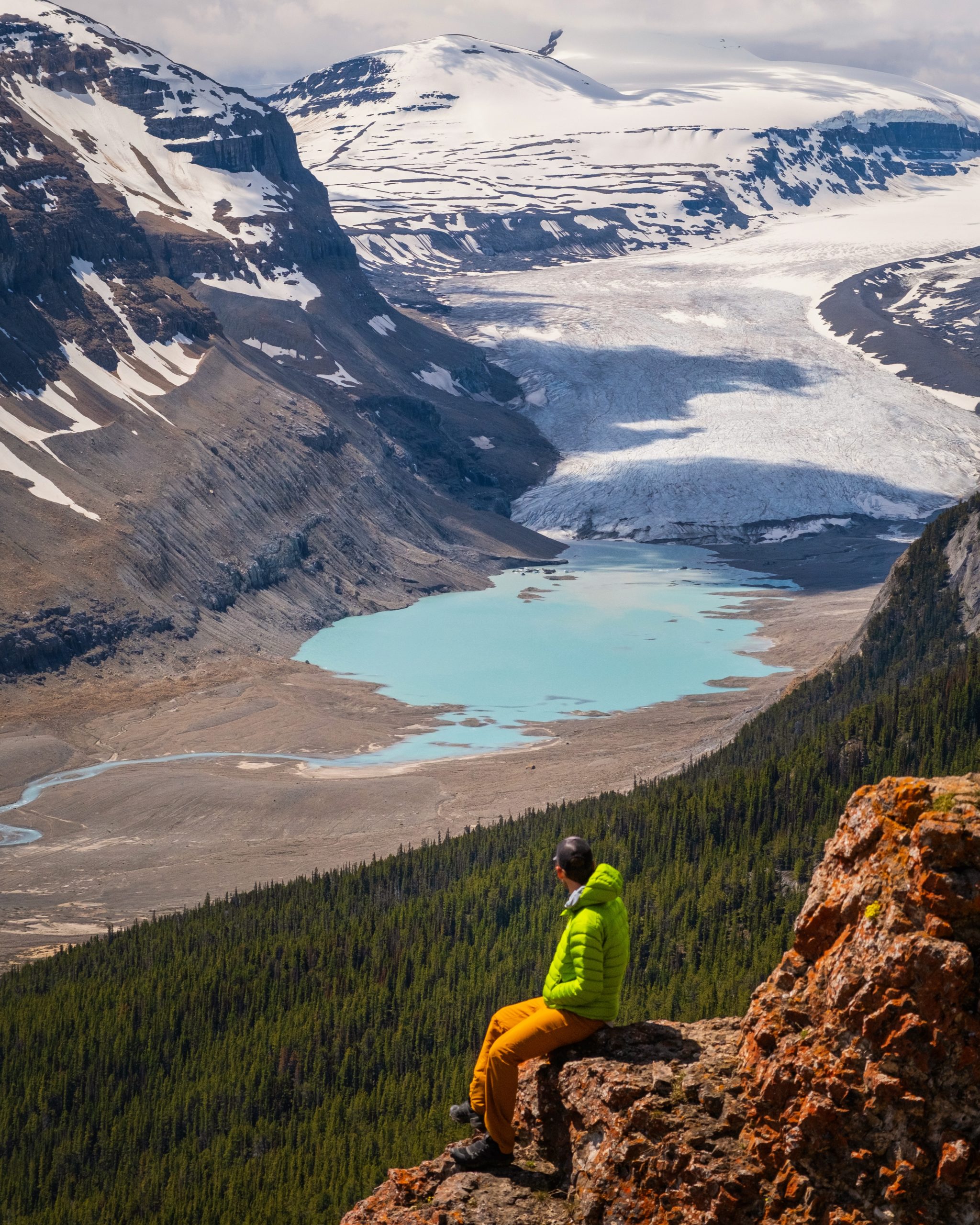
Parker Ridge is rated moderate on AllTrails, and because of its gradual incline, I would have to agree. For Canadian Rockies standards, this is really on the easier end of moderate. This is one of the easiest hikes in Banff National Park I have found, and most people will easily reach the ridge in no time.
There is no scrambling involved and absolutely nothing technical about this hike. It’s a clear path to the top on a well-maintained trail. If you attempt to hike it too early, your biggest hurdle will be the snow.
Should You Bring Dogs and Kids?
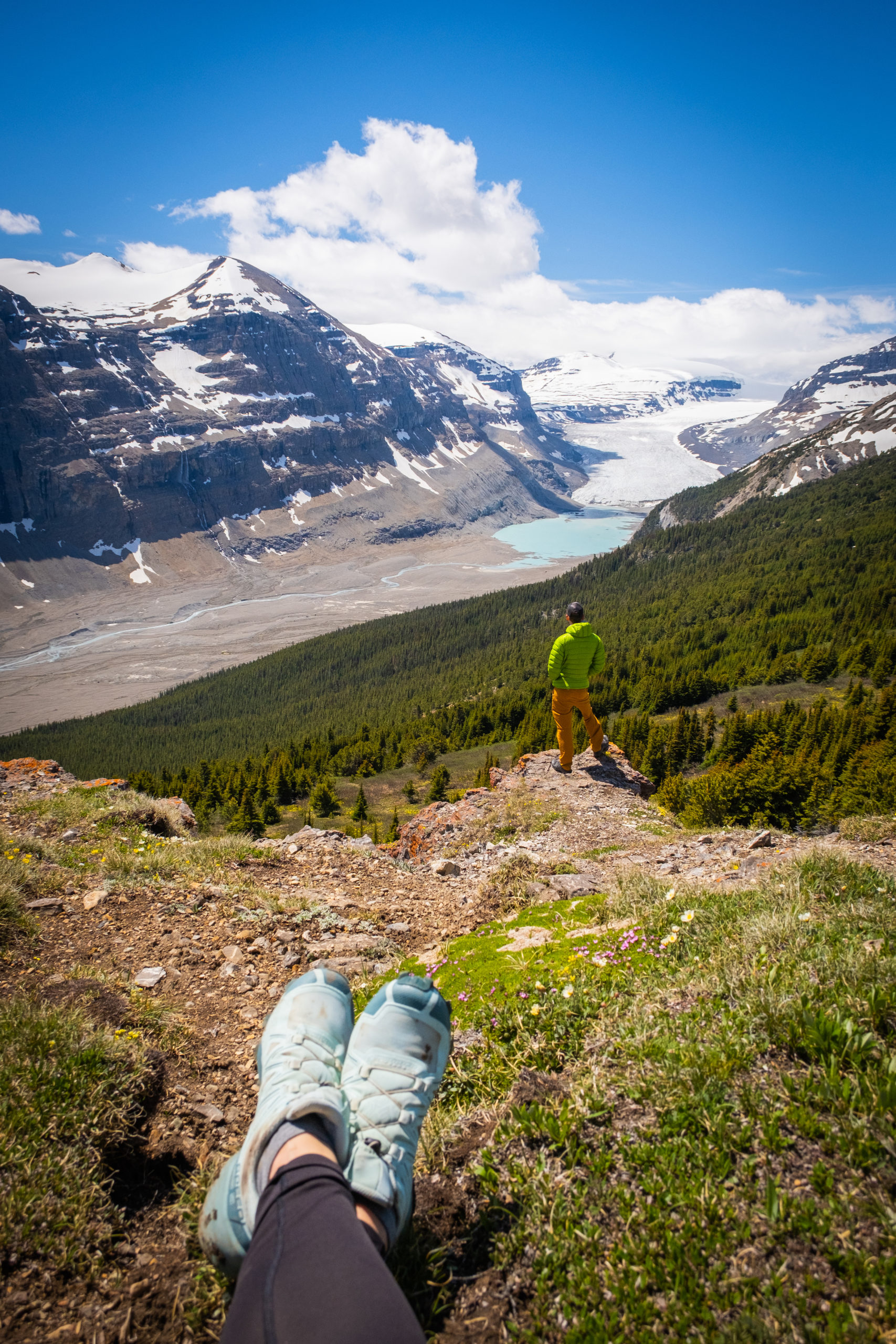
Yes – absolutely! Parker Ridge is a fantastic hike for both dogs and kids to enjoy. We saw multiple parents carrying babies on their backs as well.
Trail Notes
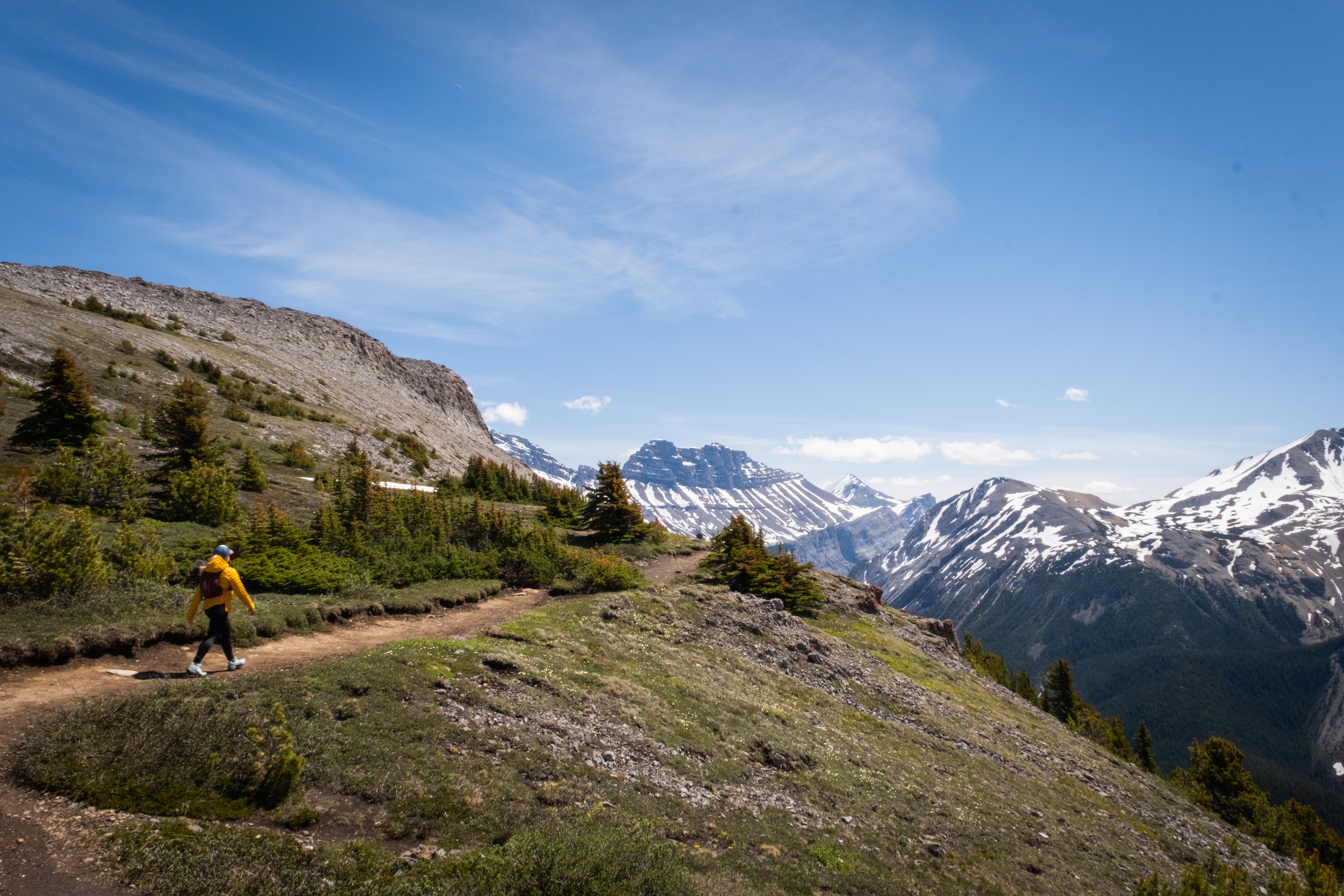
- Parker Ridge is a 2-hour drive from Banff and a 2-hour drive from Jasper. It’s best to complete this hike when you are already camping in Jasper or driving the Icefields Parkway. If you head here for the day consider combining the hike with Wilcox Ridge or a visit to the Athabasca Glacier and Jasper Skywalk nearby.
- The closest gas station is at the Saskatchewan River Crossing, which is open in the summer. Be sure to fill up if you need gas. Your next opportunity for fuel is all the way in Jasper or Lake Louise!
- Parker Ridge’s location also means you have to prepare for your meals. It’s best to pack some food from either Banff or Jasper, but there are overpriced restaurants at the Saskatchewan River Crossing and the Columbia Icefields Center.
- Consider staying nearby at the Glacier View Lodge, which is one of the only (and our favorite) Icefields Parkway hotels.
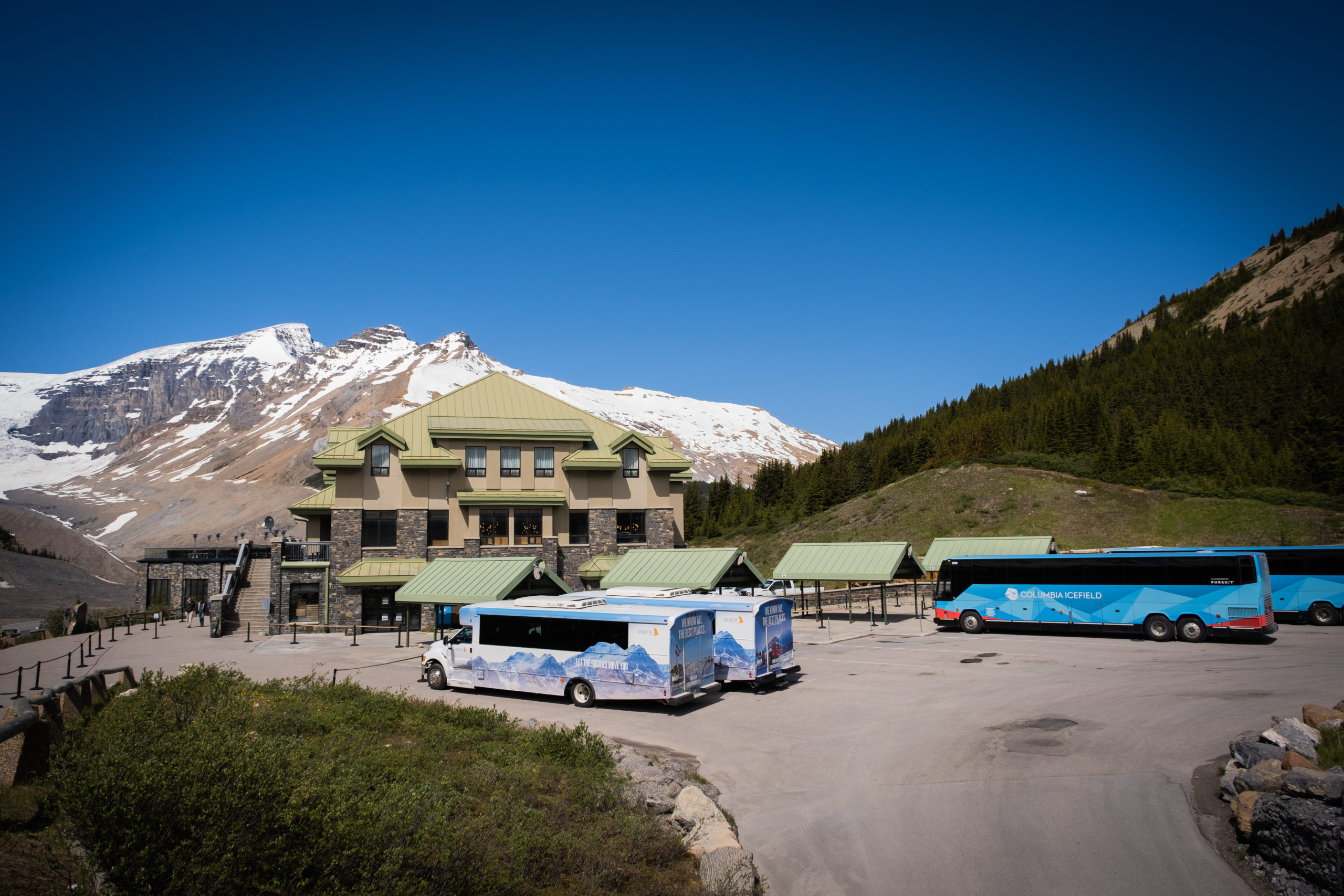
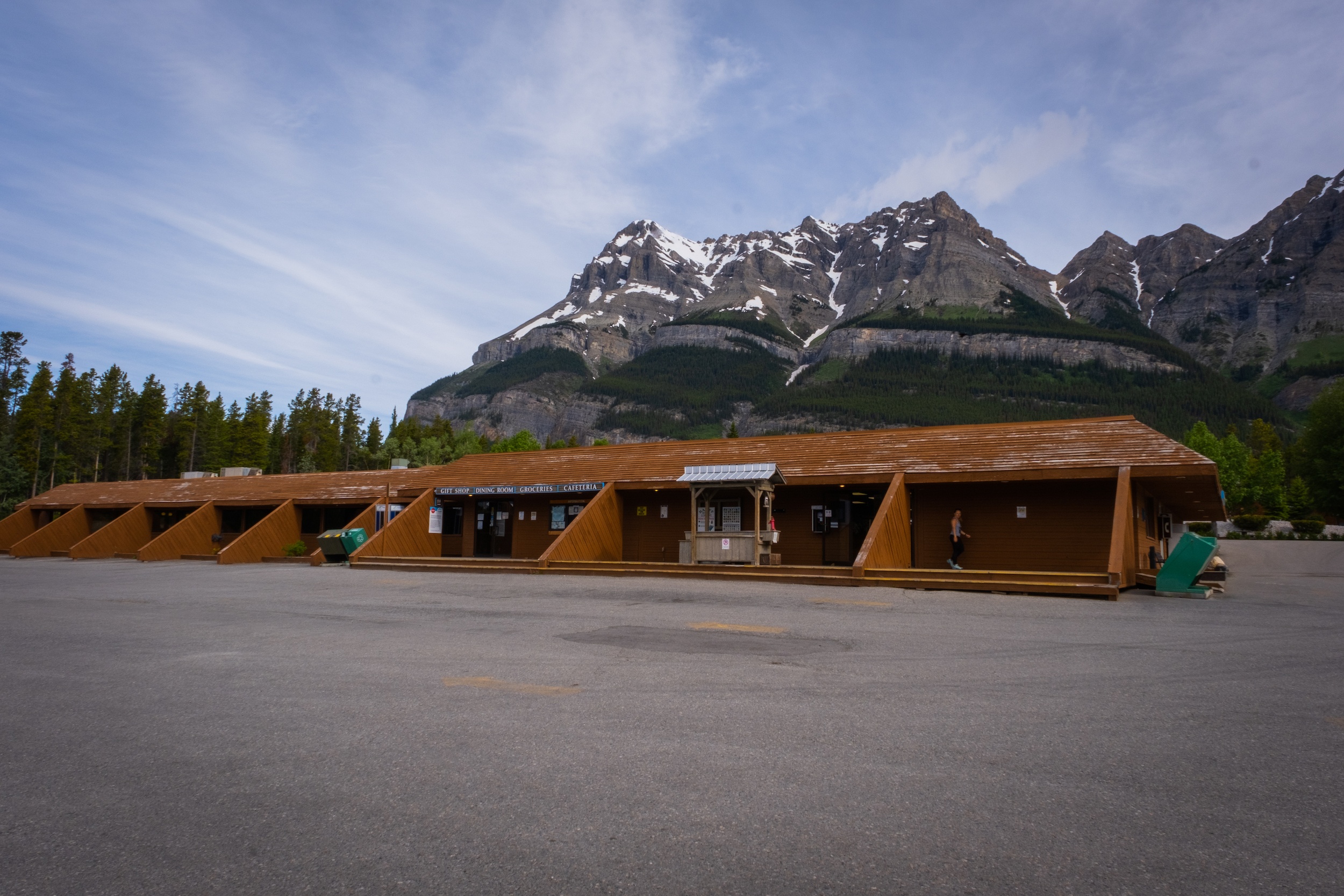
Wildlife Awareness On the Trail
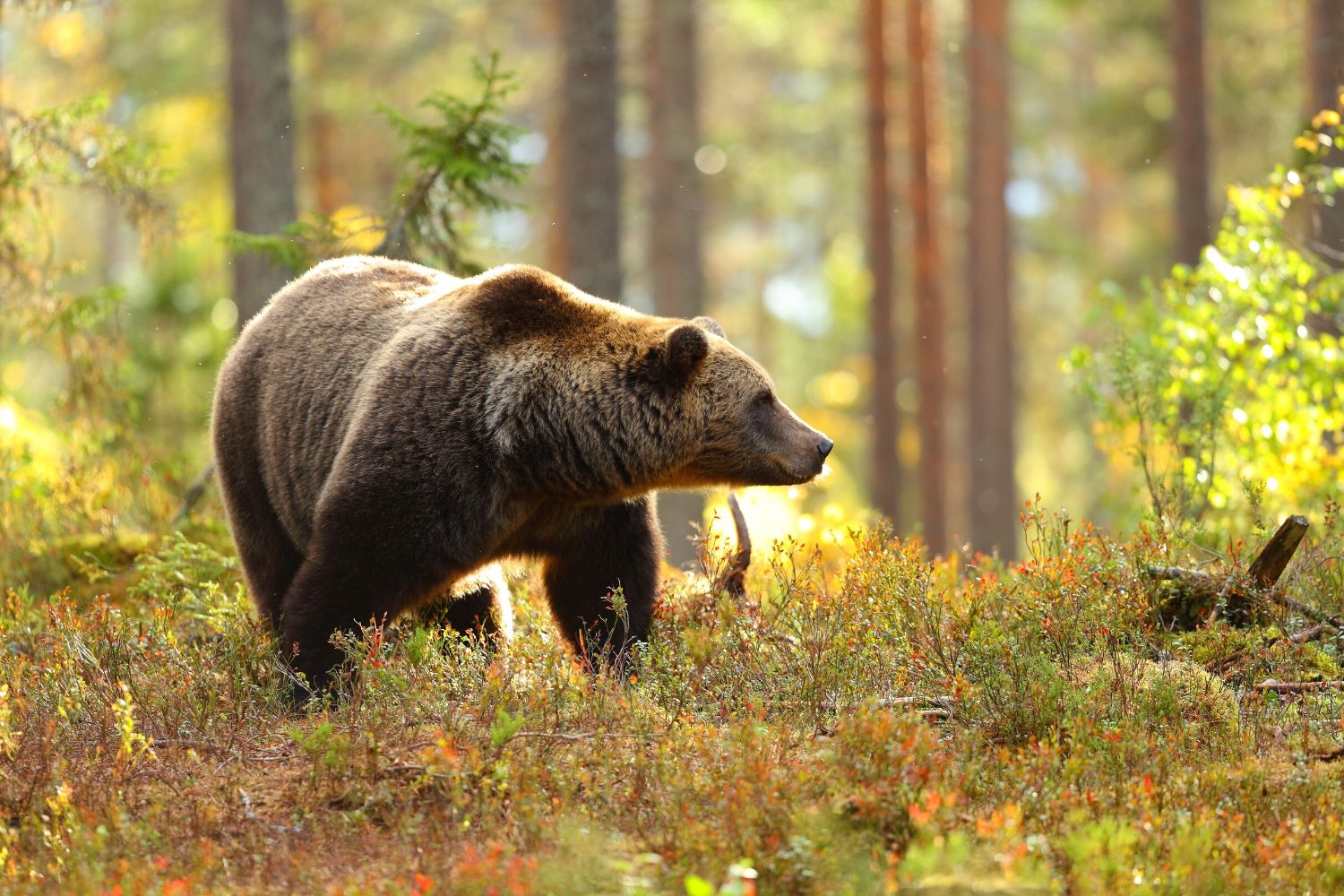
If you’re hiking in the area, you should practice good wildlife awareness. Black bears, grizzly bears, moose, coyotes, and cougars are frequently sighted in the region. They all present a threat to humans, and we should reduce our impact on their natural lives.
Before any hike in Banff National Park or Kananaskis Country, you should pack bear spray, check the park websites for wildlife information (Parks Canada and AB Park), and then check again for notices at the trailhead.
When you’re on the trail, make noise by banging hiking poles, talking, whistling, clapping, or singing. This is particularly important around blind bends and corners, although there aren’t many on the Parker Ridge Trail. It’s also a busy trail, so you generally don’t need to make too much noise, but always be bear aware.
This means staying alert, traveling in a group, minding children and pets, and finally carrying bear spray and knowing how to use it. If you’ve come to the park without bear spray, Valhalla Pure Outfitters and Switching Gear in Canmore and many stores in Banff sell spray and holders with employees who will demonstrate how to use it properly.
What To Wear on the Parker Ridge Hike
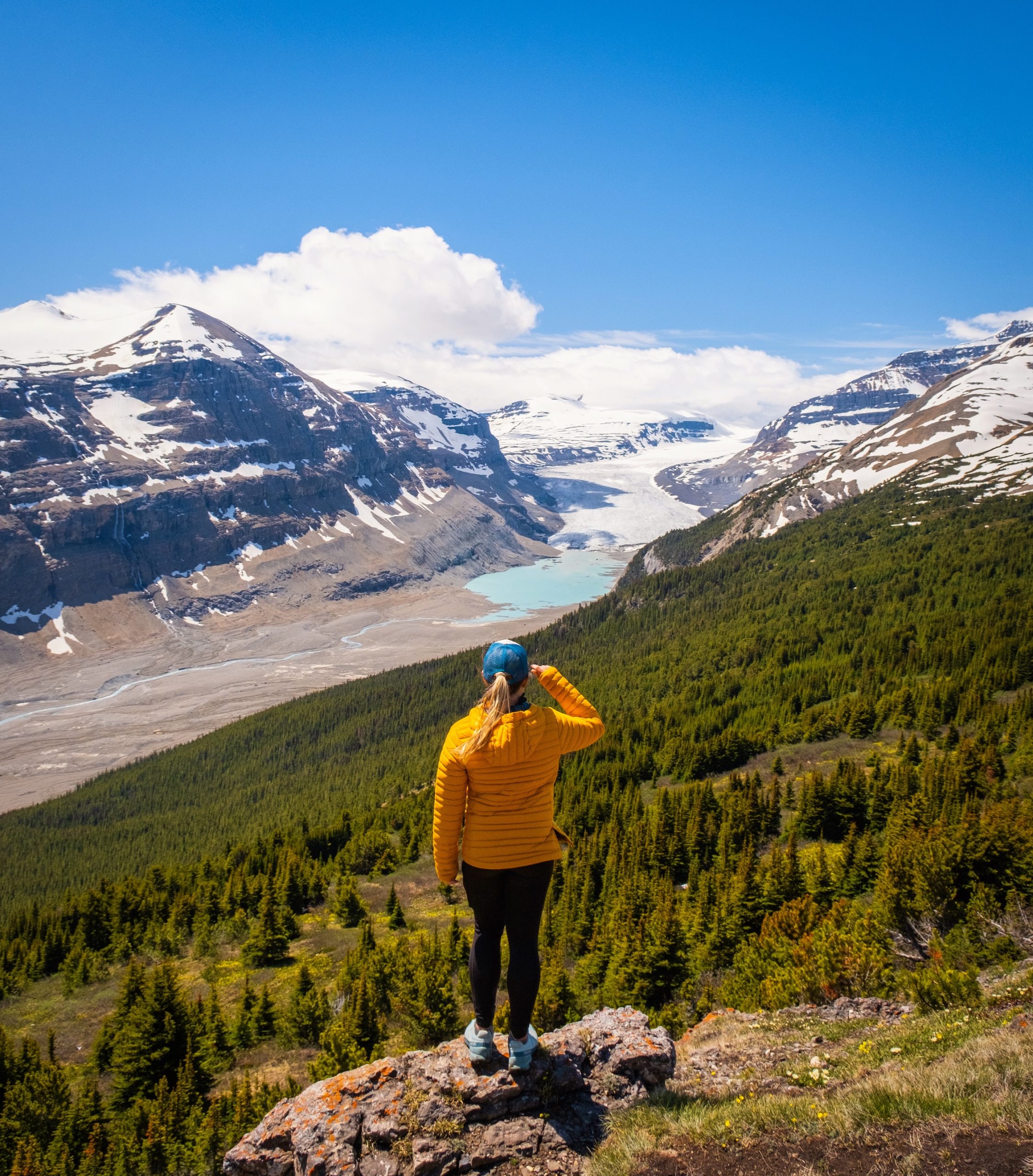
Parker Ridge Hike is easy and simple enough that you could hike up in anything you want, as it’s much more of an uphill walk than a hike. That being said, you should wear proper footwear, and in the off season you’ll need to dress warm! Once you get above the trees, it gets really windy too, so bringing a great windbreaker is best.
As always in the Canadian Rockies, the most basic principle of hiking clothing is layering. Anyone who has spent time in the wilderness or mountains knows that the temperature can fluctuate greatly on a hike.
The goal of clothing is to help regulate your body temperature, protect you from elements, and manage moisture. Temperature management is best done through a layering system. If you want to learn more about what to pack for a day hike or what to wear on a hike, you can see our full list.

New in 2025! We just released our local guide to the Canadian Rockies! Discover 300+ hidden gems, hikes, and cabins not found in your typical guidebook. We’re offering a 10% off intro offer using code BLOG10 at checkout!
Plan Your Trip to the Canadian Rockies
- We now have an interactive map! With over 350 stops and pre built itineraries around the Canadian Rockies, our personal map and guide is your one stop shop to an epic trip here.
- Recommended Experiences: There are many things to do in the Rockies, but our top recommendation is the Banff Gondola – a must do experience! Want to get up close and personal with a glacier? We cannot recommend this Icewalks tour enough! See more of our recommendations.
- Planning your visit to Moraine Lake and don’t want to deal with the Parks shuttles? We recommend using Moraine Lake Bus Company, Fairview Limo (leaves from Lake Louise Village) or booking with ViaVia (these leave from Banff/Canmore).
- Hotels in the Rockies: There are many places to stay, from luxury hotels to wilderness cabins. See all our favorites here.
- Get Around: We suggest renting a car to get around. You can search for rental cars on Discover Car. For a campervan trip, you can check prices and compare on Outdoorsy. Don’t forget the Guide Along Audio App for driving the Icefields Parkway (Use our link for 25% off!)
- We can help you plan your 2025 trip to Western Canada! If you’re feeling overwhelmed by planning we can assist! We’ll hop on a 1 on 1 phone call, and PERSONALLY go over your itinerary, and will save you previous time and money with our personal recommendations. Calls are followed up with detailed trip notes afterward that I write myself. See our services here.

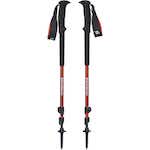

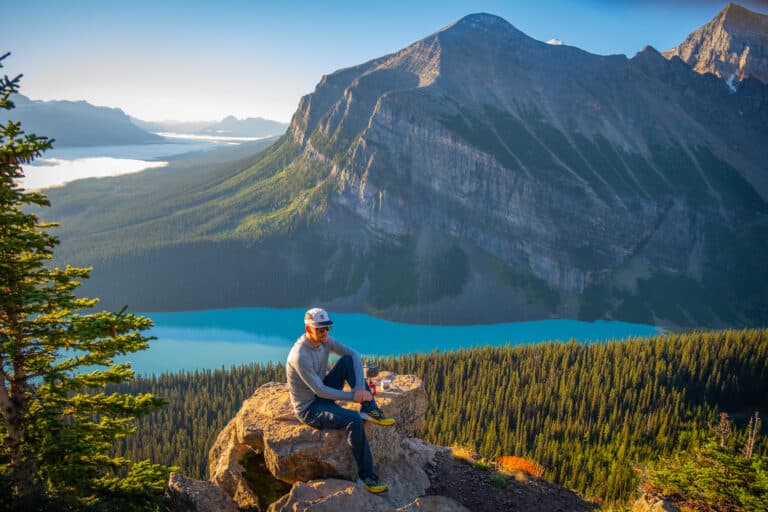
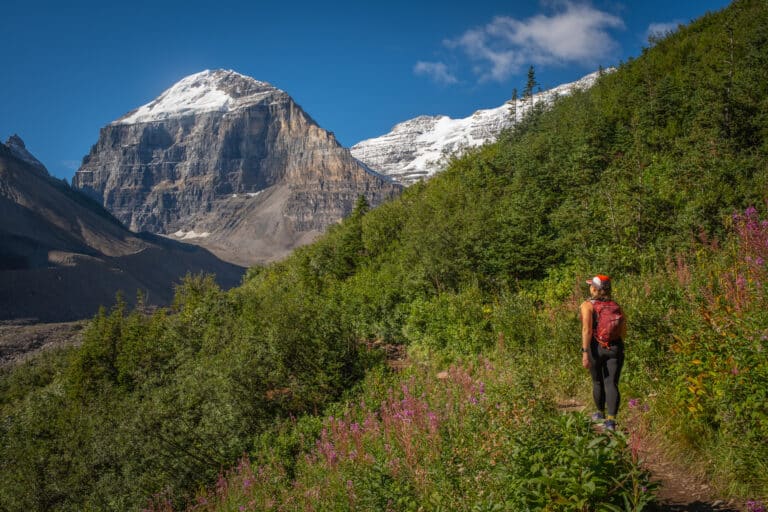
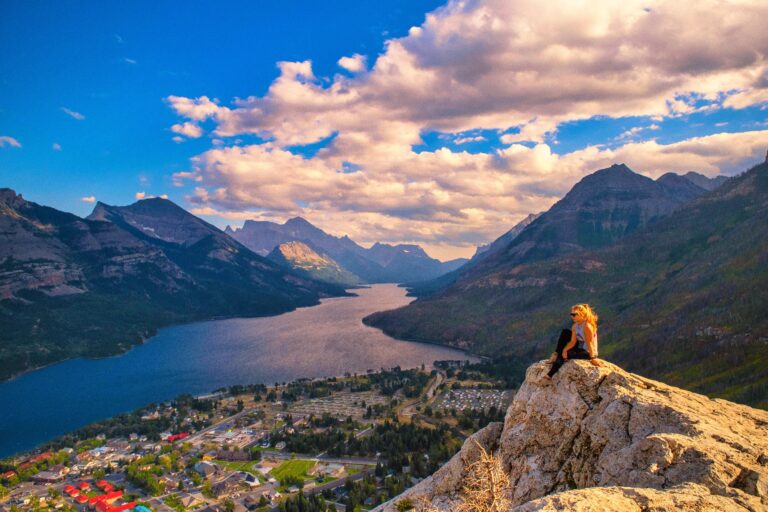
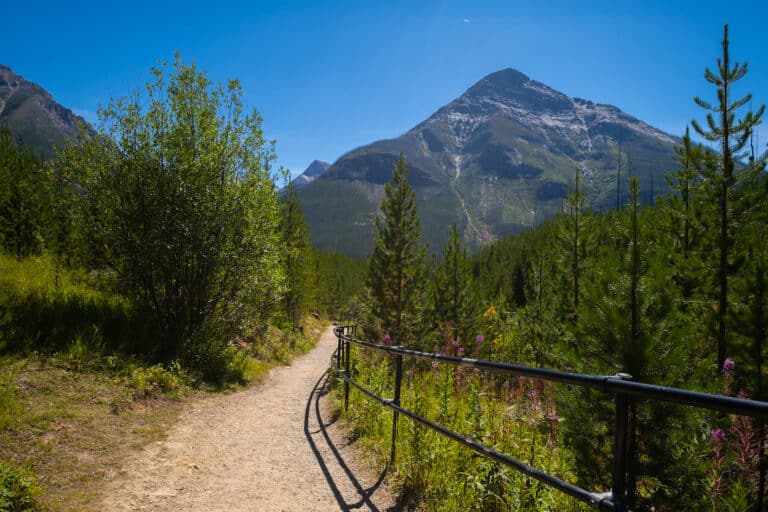
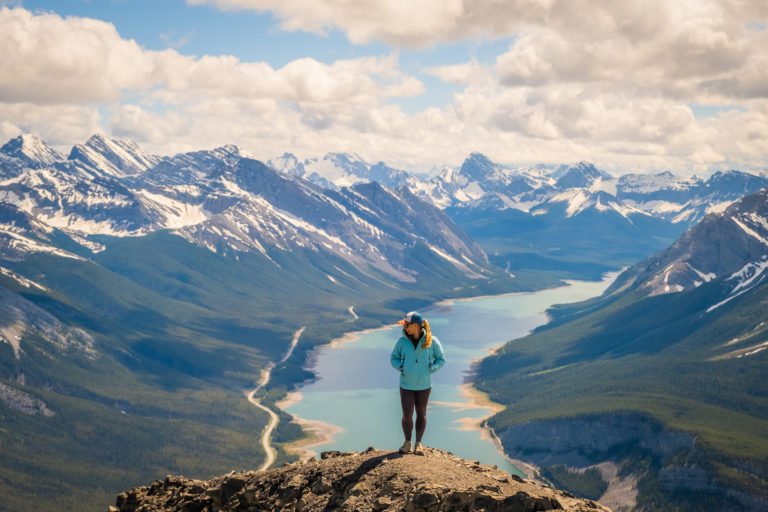
Do you think this hike will be open during the last week of May?
Most of the trails in Banff never “close” so it will definitely be open, however it will likey be a little bit snowy/wet.
Hi, coming to hike a good amount of hikes in the area starting end of next week, June 24-July 5th. How are the trail conditions looking? Do you need national park pass to park here? Thanks
You can stay up to date on trail conditions on Alltrails and Parks Canada: https://www.pc.gc.ca/en/pn-np/ab/banff/activ/randonee-hiking/93N you will need a national park pass to visit both Banff and Jasper.
We two are planning our trip to Banff in July-2023 and we will be without a car and will depend upon either Day Tour Buses and Route 6 for visiting Lake Minnewanka.We also want to do one day or Half Day Hike at Banff -a) which one you suggest? b) Park Ridge -How can we reach at the trail route without the car? Where Roam Bus will drop us? Do we have to walk from the stop where we get down to start the trail? Your guidance will be appreciated and will help us in deciding whether we can keep one day for Day Hike or not. Thanks